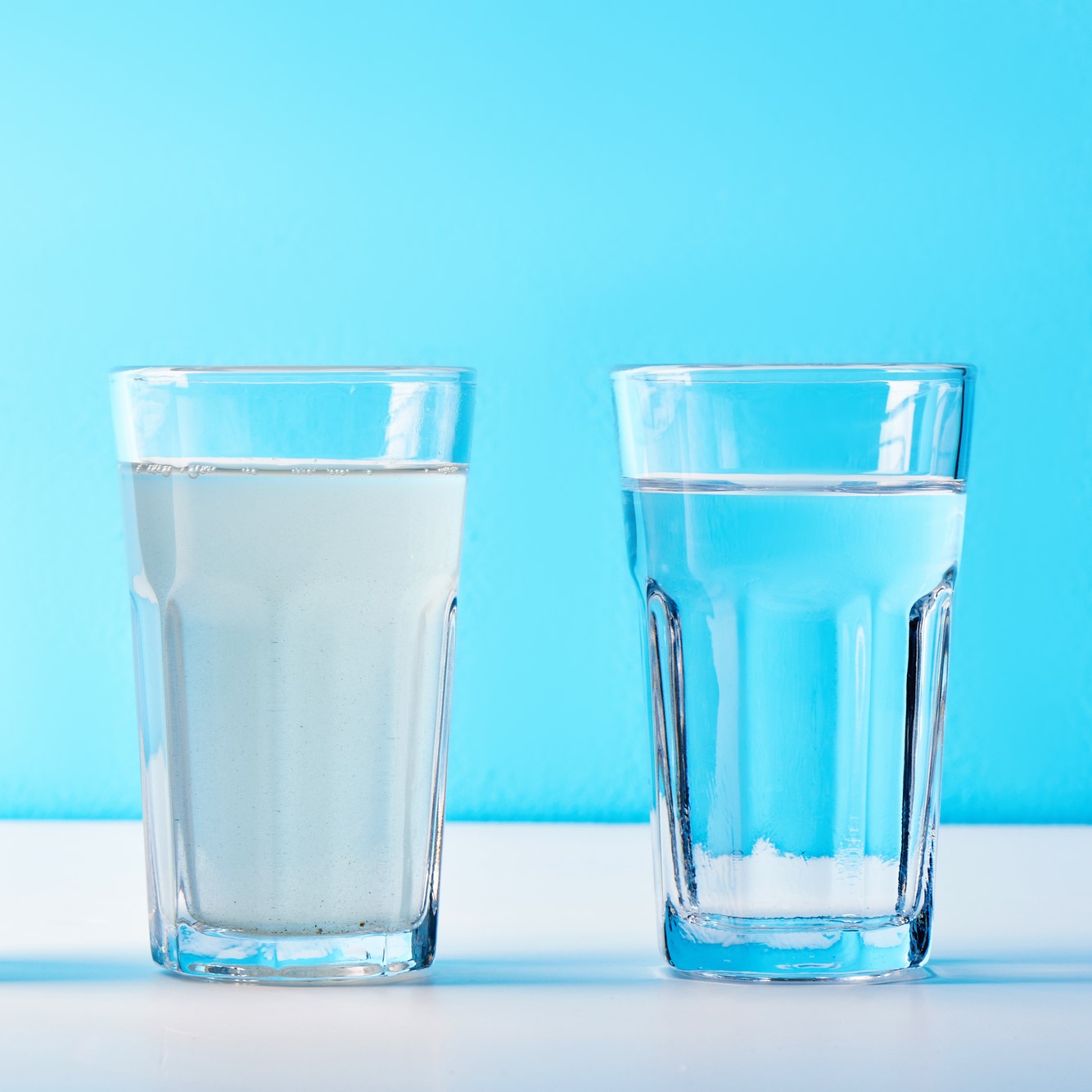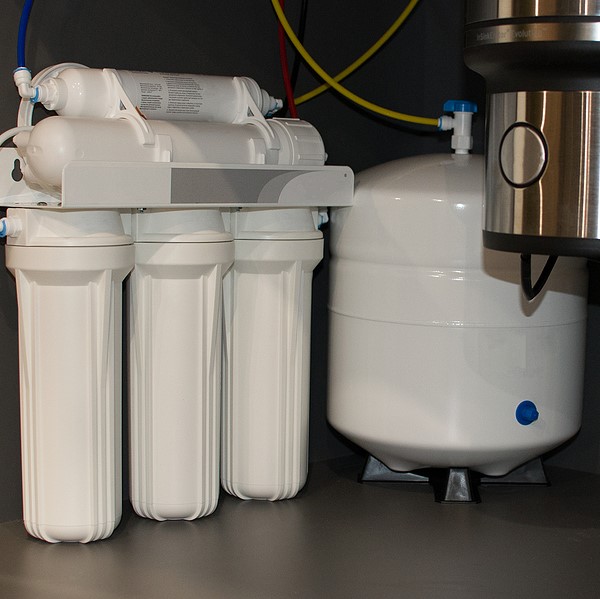What is TDS in Water & Why You Should Measure It
If you’ve ever made cool-aid or saltwater for a sore throat, you know that water is a solvent. Water can dissolve and absorb many organic and inorganic substances like minerals, metals, salts, and ions. These are called total dissolved solids (TDS). Water picks up TDS from natural sources—like soil, lakes, and rivers—and man-made sources—like old plumbing pipes, pesticides, and industrial runoff. The amount of total dissolved solids can have a significant impact on your overall water quality.
 Why should I care about TDS?
Why should I care about TDS?
Many water problems are caused by the amount and type of TDS in your water. Some total dissolved solids are benign, while others are harmful. The total dissolved solids in your water can impact its taste, smell, and safety. It can also affect the taste of your cooking, the lifespan of your water filter, and the health of your plumbing system. Here are just a few of the most common total dissolved solids found in water in the United States:
- Aluminum
- Arsenic
- Bicarbonates
- Calcium
- Chloride
- Chlorine
- Copper
- Fluoride
- Herbicides
- Iron
- Lead
- Magnesium
- Pesticides
- Potassium
- Sodium
- Sulfates
- Zinc
What is the TDS level?
The TDS level is the amount of organic and inorganic materials dissolved in a sample of water. It is measured in parts per million (ppm). If your water’s TDS level is between 50ppm and 250 ppm, it is low. Water with a low TDS level is safe but may taste flat since it will lack minerals like magnesium, potassium, and zinc. The ideal TDS level for water is 300ppm to 500 ppm. Usually, water within this range has enough minerals to have a good taste but is low in other contaminates.
Water with a TDS level between 600ppm and 900 ppm is in the warning zone. It is drinkable but should be filtered. If the TDS level of your water is 600ppm or above, it is wise to have it tested to determine what is in it. Whether your water is safe to drink or not depends mainly on what is in it. The best solution to improve your water quality will depend on the total dissolved solids in your water.
If your water has a TDS level above 1,000ppm, it is not considered drinkable. A TDS level above 2,000ppm is deemed to be unsafe. You will most likely need more than one filter to purify water with a TDS level of 2,000+ppm.
 How can I lower my water’s TDS level?
How can I lower my water’s TDS level?
Typically, a reverse osmosis filtration system is recommended if your water’s TDS level is above 600ppm but below 2,000 ppm. Reverse Osmosis (RO) systems will remove most chemical contaminants, including sodium, chloride, copper, chromium, and lead. This type of filter can also reduce arsenic, fluoride, radium, sulfate, calcium, magnesium, potassium, nitrate, and phosphorous. If water hardness is the cause of your water’s high TDS level, a water softener may be the best solution.
We recommend speaking with a water treatment specialist for water with a TDS level of 2,000ppm or above. Most water filters cannot function properly if the TDS level is over 2,000ppm. The best solution to improve your water quality may be a compound filter (whole-home water filtration system) or the combination of a water softener and reverse osmosis system. A water treatment specialist, like us, will test and analyze your water to determine the best solution for your home.
Sugary drink mixes aren’t all that dissolves in water! Many natural and unnatural compounds dissolve and are absorbed by water as it travels to your home. The total dissolved solids (TDS) level of your water lets you know how many organic and inorganic substances are in your water. If the level is 600ppm or above, get your water tested and analyzed! Tri-Florida Water Treatment offers FREE in-home water analysis for residents in the Lakeland, FL, area. We believe every home deserves safe water. The first step is finding out what TDS are hiding in your water.
